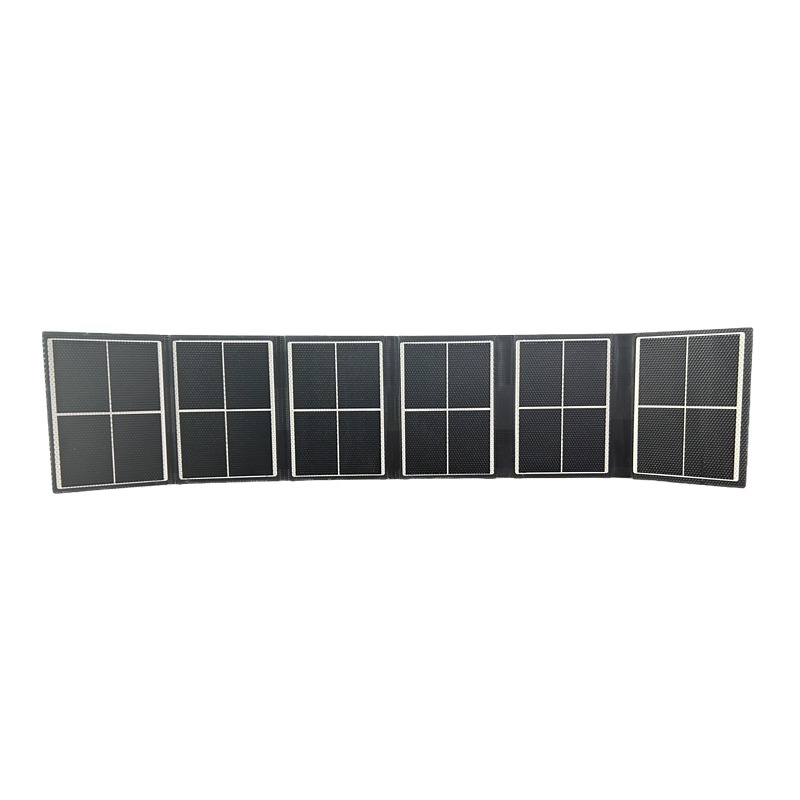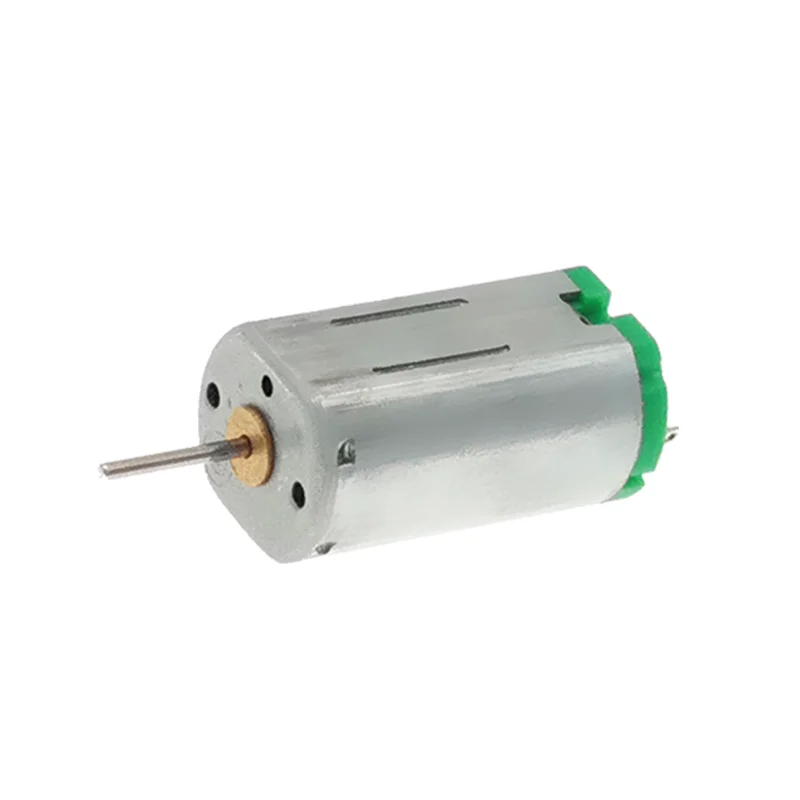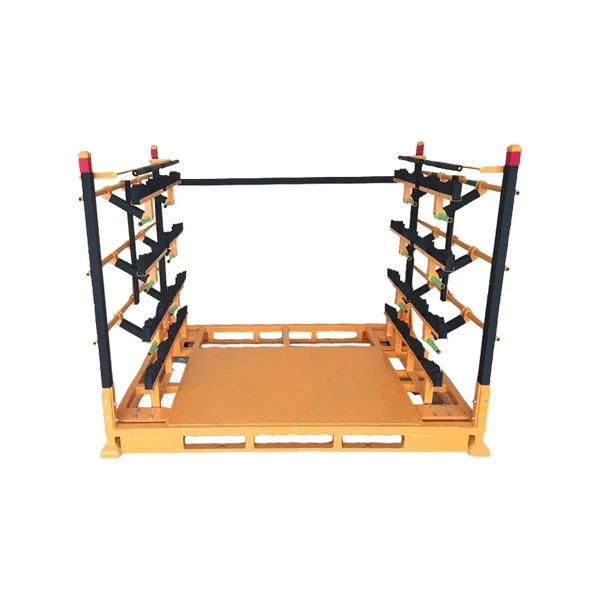Speed measuring microwave radar is a game-changer in traffic management and law enforcement. This technology accurately measures vehicle speeds without the need for physical contact. It uses microwave signals to detect motion, making it reliable and efficient.
With its ability to function in various weather conditions, speed measuring microwave radar enhances road safety. Law enforcement agencies benefit from quick data collection, leading to more effective monitoring of speeding violations. This tech supports smart city initiatives by providing real-time traffic information. Understanding how this innovative tool works can help you appreciate its impact on our daily lives.
Key Takeaways
-
Microwave radar operates on the principles of sending and receiving microwave signals to measure speed and distance accurately.
-
Understanding how microwave radar works can help you choose the right technology for your specific needs, whether for traffic monitoring or vehicle safety.
-
The benefits of microwave radar include high accuracy and reliability compared to other technologies, making it a preferred choice in various applications.
-
Traffic monitoring applications using microwave radar can enhance road safety and improve traffic flow management.
-
When selecting radar sensor models, consider key features like accuracy and range capabilities to ensure optimal performance in your projects.
-
The environmental effectiveness of radar makes it a sustainable option for both traffic management and obstacle avoidance in vehicles.
Principles of Microwave Radar
Microwave Technology
Microwave radar technology uses electromagnetic waves to detect objects. This system sends out a radar signal and measures how long it takes to return after bouncing off an object. The frequency of these signals is typically in the gigahertz (GHz) range.
Radar systems can be classified into different types. Doppler radar is one such type that measures the change in frequency of the returned signal. This change, known as the Doppler shift, helps determine the speed of moving objects.
Frequency Modulation
Frequency Modulated Continuous Wave (FMCW) plays a crucial role in radar systems. It continuously varies the frequency of the emitted wave over time. This allows for precise measurement of distance and speed.
FMCW radars are effective because they can measure both range and speed simultaneously. They do this by analyzing the difference between the transmitted and received signals. This method is efficient and provides accurate data.
Advantages of Microwave Radar
Microwave radar offers several advantages for speed measurement. It operates effectively in various weather conditions. Rain, fog, or snow does not significantly affect its performance.
The technology also allows for wideband measurements. Wideband microwave Doppler frequency shift measurement systems can capture a broad range of speeds from different targets. This capability makes them suitable for applications like traffic monitoring and law enforcement.
Another advantage is the ability to detect multiple targets at once. For example, photonic radars can distinguish between several vehicles on a highway. This feature enhances safety and efficiency in traffic management.
Practical Applications
Microwave radar finds use in many fields. Law enforcement agencies employ it for speed enforcement on highways. These systems help monitor traffic flow and catch speeding violations effectively.
wind profiler radar uses Doppler spectra to measure wind speeds at various altitudes. This application is vital for meteorology and aviation safety.
In industrial settings, Doppler frequency measurement systems help monitor machinery speeds. These systems ensure that equipment operates within safe limits, preventing accidents.
How Microwave Radar Works
Emission Process
Microwave radar systems emit microwave signals. These signals travel in waves and bounce off objects. The radar device sends out a pulse of microwaves. This pulse travels until it hits an object, such as a vehicle.
The reflected waves return to the radar system. The device then measures the time it takes for the signal to come back. This time helps determine the distance to the object.
Frequency Modulation
Frequency modulation plays a crucial role in speed measurement. When the microwave signals hit a moving object, they change frequency. This change is known as the microwave Doppler frequency shift.
If an object moves towards the radar, the frequency increases. If it moves away, the frequency decreases. By analyzing these changes, current microwave radars can calculate the speed of vehicles accurately.
Signal Processing
Signal processing is vital for interpreting radar data. Once the radar receives the reflected signals, it processes them through algorithms. These algorithms help filter out noise and enhance signal clarity.
The processed data reveals important information about speed and distance. Police microwave radars use this data to issue speeding tickets effectively. They rely on accurate measurements to enforce traffic laws.
Applications
Many microwave radars find applications beyond law enforcement. They are used in aviation for air traffic control. They also assist in weather forecasting by measuring precipitation levels.
In transportation, microwave radars help with traffic management systems. These systems monitor vehicle flow and congestion levels on highways.
Advantages
Microwave radars have several advantages:
-
They provide real-time data.
-
They work well in various weather conditions.
-
They can measure speed at long distances.
These benefits make microwave radar systems essential tools in many fields.
https://www.innosent.com/Traffic-speed
Luda Technology (Shenzhen) Co., Ltd.






+ There are no comments
Add yours